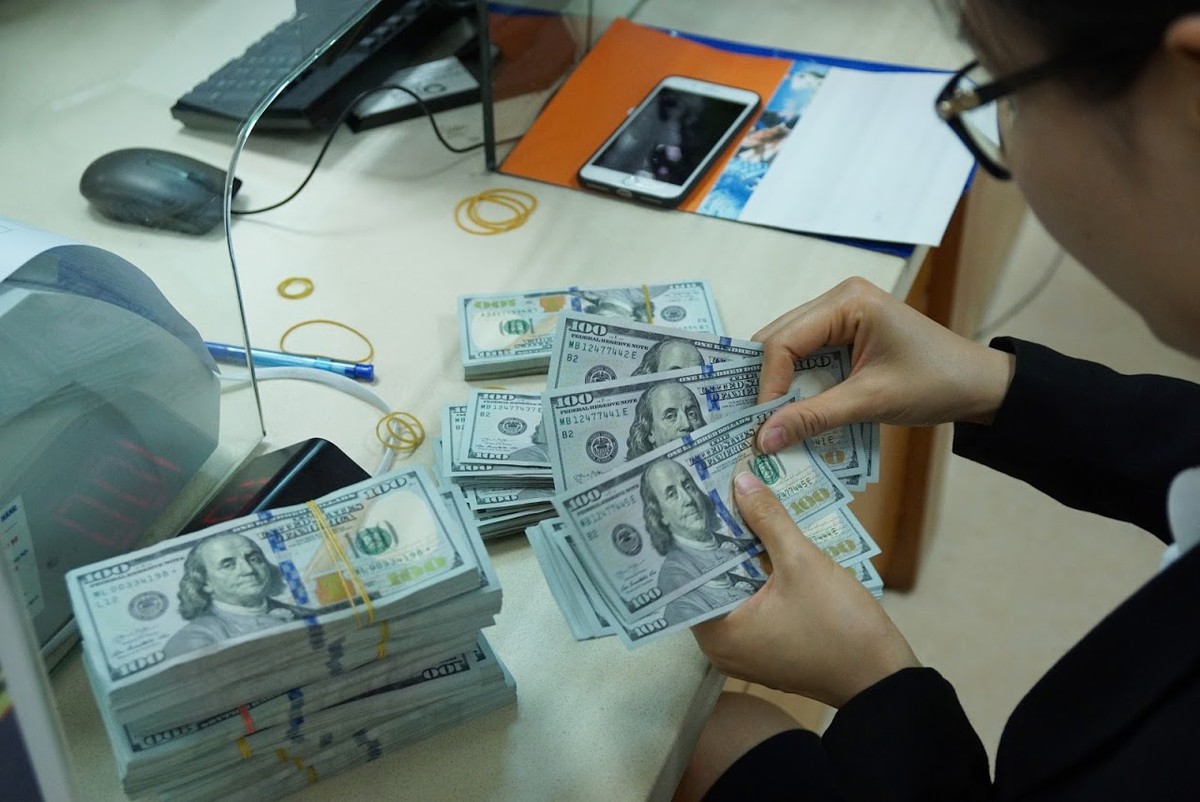The USD/VND rate could cool down in 2H22
Many analysts predicted that the US dollar and VND's upward trend would slow in the second half of 2022.

Compared to regional currencies, VND is still one of the most stable currencies.
The USD/VND rate witnessed a slight increase, followed by a significant rise in the DXY. In general, the DXY was 108.17 on Friday last week, 2.40% higher than that on the previous weekend, and hit a five-week high. This week’s increase in the DXY recorded its biggest weekly gain since April 2020.
In the first three-day trading session of this week, the DXY remained stable at around the 106.50 zone. The DXY started to climb a day later, reaching 107.48 points on Thursday and a peak of 108.17 points on Friday as investors are betting that the greenback is benefiting from safe-haven inflows after China's weak data and the surprise rate cut by China's Central Bank on August 15th following the release of weak industrial output and retail sales data.
The said fact indicates that the world's second-largest economy has struggled to grow amid strict anti-COVID-19 restrictions still being implemented. Furthermore, the US Federal Reserve will likely continue to raise interest rates to combat inflation, which resulted in the rise of the DXY.
As can be seen, Vietnam has once again surpassed Singapore to become the least depreciated country by the US dollar, at around 2.35% YTD, while Singapore was at around 3.18% YTD.To stabilize the exchange rate, SBV is continuing to anchor the selling price of the USDVND at 23,400 and increase foreign currency sales.In contrast, countries with a floating FX regime, such as Japan and European countries, depreciated sharply against the USD. Japan was the most affected by the U.S. dollar, followed by the Eurozone and Korea.
Compared to regional currencies, VND is still one of the most stable currencies. Since the beginning of 2022, most regional currencies have fallen by more than 4% against the US$, including Thai Baht (-9.4% vs. US$), Philippine Peso (-8.2% vs. US$), Malaysia Ringgit (-6.8% vs. US$), Chinese Yuan (-6.2% vs. US$) and Indonesian Rupiah (-4.0% vs. US$).
Meanwhile, the nominal effective exchange rate (NEER) and the real effective exchange rate (REER) showed a sharp increase. NEER increased mainly due to strong USD appreciation, while REER increased slightly as domestic CPI was lower than that of other peers. Unlike the period 2015-2016, when the REER line crossed the 106 threshold, the SBV adjusted the VND devaluation to cushion exports from negative impacts. However, as inflationary pressure in the second half of the year is quite strong, Mr. Tran Duc Anh, Head of Market and Strategy at KB Securities, believes that the State Bank of Vietnam will continue to make efforts to stabilize the VND (despite negative effects on exports) by selling foreign currencies and issuing bills.
Mr. Dinh Quang Hinh, analyst at VNDirect said there would be several factors supporting VND in the second half of 2022, including: stronger FDI inflows, improving trade surplus (forecast to reach about USD7.2bn in 2022), balance of payments surplus, and high foreign exchange reserves (equivalent to 3.6 months of imports).
"We expect the uptrend of USD/VND to slow down in the second half of 2022. We forecast the USD/VND exchange rate to stay within 22,900-23,300 by the end of 2022, corresponding to an increase of no more than 2% compared to the end of 2021", said Mr. Dinh Quang Hinh.








